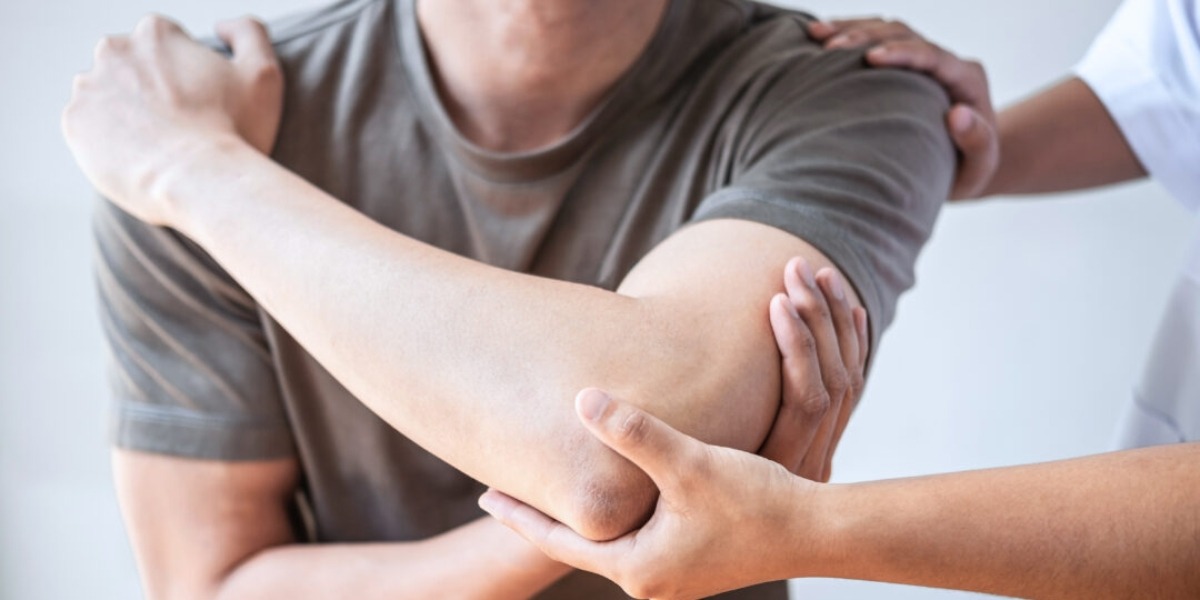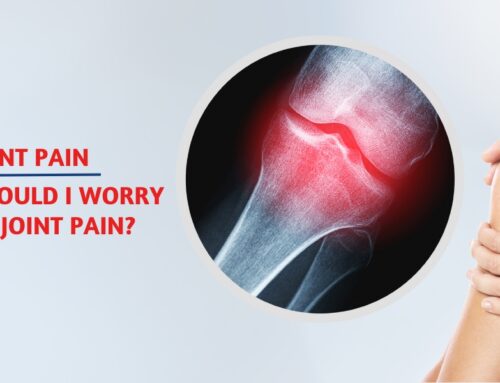In the colder months, many individuals experience an exacerbation of joint pain, a phenomenon that has been observed for centuries. Joint pain can significantly impact daily life, from limiting mobility to affecting overall well-being. While the exact mechanisms behind this seasonal increase in joint discomfort are not fully understood, several factors contribute to this phenomenon.
Physiological Changes in Response to Cold Weather
One primary reason for increased joint pain in winter relates to how the body responds to colder temperatures. When exposed to cold environments, muscles and tendons tend to contract, reducing blood flow to these areas. This constriction can lead to stiffness and discomfort, particularly in joints already prone to inflammation or arthritis. Additionally, changes in barometric pressure, which often drop during colder months, can further affect joint fluid viscosity and pressure, intensifying pain sensations.
Behavioral and Lifestyle Factors
During winter, individuals tend to engage in less physical activity compared to warmer seasons. Reduced physical movement can lead to joint stiffness and muscle weakness, exacerbating existing conditions like osteoarthritis or rheumatoid arthritis. Moreover, indoor heating, while essential for comfort, can dry out the air, potentially dehydrating tissues and making joints more sensitive to pain.
Nutritional Considerations
Dietary habits may also play a role in winter joint pain. Studies suggest that certain nutrients, such as omega-3 fatty acids found in fish oils, possess anti-inflammatory properties that can help alleviate joint discomfort. Conversely, diets high in processed foods and sugars may promote inflammation, worsening symptoms. Maintaining a balanced diet rich in fruits, vegetables, and lean proteins can support joint health throughout the year.
Psychological Impact
Beyond physical factors, the psychological impact of winter can contribute to heightened perceptions of pain. Seasonal affective disorder (SAD), a type of depression linked to reduced sunlight exposure in winter, may amplify pain sensations through its effects on mood and stress levels. Managing mental health during colder months through light therapy, regular exercise, and social interaction can help mitigate these effects and indirectly alleviate joint discomfort.
Managing Winter Joint Pain
Effective management of winter joint pain involves a multifaceted approach that addresses both physical and environmental factors:
- Stay Active: Engage in regular low-impact exercises such as swimming or yoga to maintain joint flexibility and strength.
- Maintain Healthy Weight: Excess weight puts additional strain on joints, so maintaining a healthy weight through diet and exercise can reduce pain.
- Use Heat Therapy: Applying warm compresses or taking warm baths can help relax muscles and alleviate stiffness.
- Consider Supplements: Consult with a healthcare provider about supplements like glucosamine and chondroitin, which may support joint health.
- Stay Hydrated: Drinking plenty of water helps maintain joint lubrication and overall hydration levels.
- Protect Joints: Wear appropriate clothing to keep joints warm and protected during cold weather outings.
While winter joint pain is a common concern, understanding its causes and adopting proactive measures can significantly improve the quality of life during colder months. By addressing physiological, behavioral, and nutritional factors, individuals can mitigate the impact of joint pain and enjoy a more active and comfortable winter season. Consult Dr. Vinil Shinde for any Joint Pain Related Problems. He is one of the best orthopedic doctor in Kothrud, Pune.




